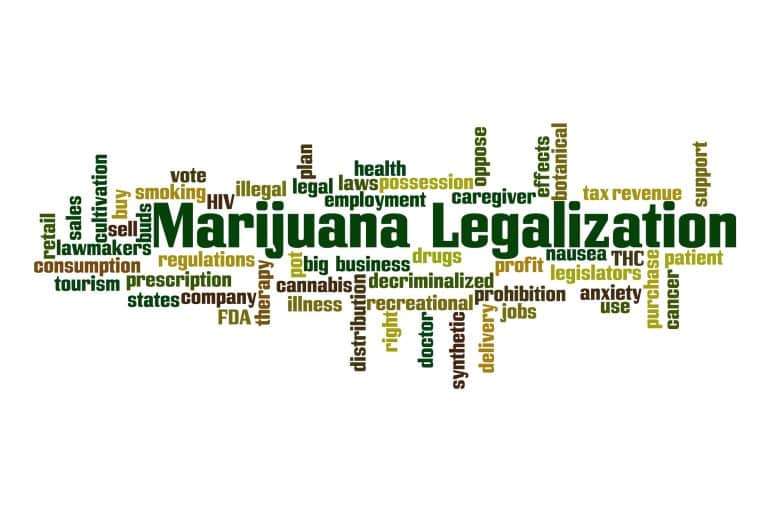… Landscape of Marijuana Laws in the US …
Marijuana use for recreational and medicinal purposes is increasingly becoming mainstream because of the recent changes/amendments in laws of different states.
The state of Colorado not too long ago came into the limelight for making recreational use of pot legal. As a matter of fact it’s the first state in the nation to allow retail sales of marijuana. Recreational use is also legal in 3 other states: Alaska, Washington and Oregon. Few other states are also looking to legalize marijuana for recreational uses, California being the most noteworthy of them all. 2016 is poised to be a landmark year for the schedule 1 drug, because as many as 10 states are expected to go to polls for marijuana initiatives.
There are concentrated efforts to expand use of marijuana across the nation. Because there’s big money involved. According to estimates by ArcView Market Research, legal sales of marijuana totaled $5.4 Billion in 2015. Close to $10 Billion can be saved a year, that’s the amount of money being used on enforcing prohibition. Add to it the state taxes and it’s a positive for the treasuries.
Federal Laws & Effects of Marijuana Use
But we are missing a very crucial point here. The talk of the town drug, marijuana is still a 100% illegal drug under the U.S. Controlled Substances Act, a federal law. And in conflicting cases, federal law supersedes state laws. Pot is the third most widely used recreational substance after alcohol and tobacco in the nation. But there are no standardized comparisons of effects on workplace between the two. Marijuana has been reported to stay in the system for far longer than alcohol and its effects on workplace productivity has been documented in various instances.
Sustained use of marijuana is known to cause impairment related to memory, altered judgment, motor coordination, cognition, and even addiction. Some of the misconceptions about marijuana use are detailed in this pamphlet by DATIA: http://www.datia.org/datia/eNews/marijuana_shortbrochure.pdf (DATIA merged with NDASA in 2023).
Balancing between laws and workplace safety/productivity
There’s a growing sense of confusion and anxiety among employers due to the ever changing landscape of marijuana laws. Workplace drug testing has been welcomed by a majority of employers across the nation who are serious about productivity and reducing absenteeism. It’s been the single most effective tool/service in reducing substance abuse to a great extent. Furthermore, employers are also tasked with the responsibility to provide a safe and drug free workplace for their employees. Employees are increasingly filing lawsuits against employers saying marijuana use away from work is perfectly legal as per state laws. However most of these lawsuits end up in the favor of the employer.
In the end it’s really about the relationship between the employer and employee which should be clearly laid out in a drug testing policy. There needs to be a fine balance between workplace drug testing policy, abiding with state laws and understanding the employees. A too harsh workplace drug testing policy can result in reduction of employee morale and a complete boycott of the business from potential employees looking to get hired. It’s important to hear the other (employee) side of the story as well, you could miss out on a highly skilled employee who smokes pot for recreation on weekends. Human resource professionals need to speak with experts from the drug testing industry who deal with workplace drug testing programs on a daily basis. Not only do they have the experience, but the data as well to draft a drug testing policy that’s a win-win for both employers and employees.
Final Thoughts
It’s a rapidly evolving topic in the nation right now. Human resource professionals will be confused and rightly so, they need help in coming up with the right approach to tackle this topic, until it finds a stable ground. Speak to an expert from National Drug Screening (https://www.nationaldrugscreening.com/) or call us on 866-843-4545







